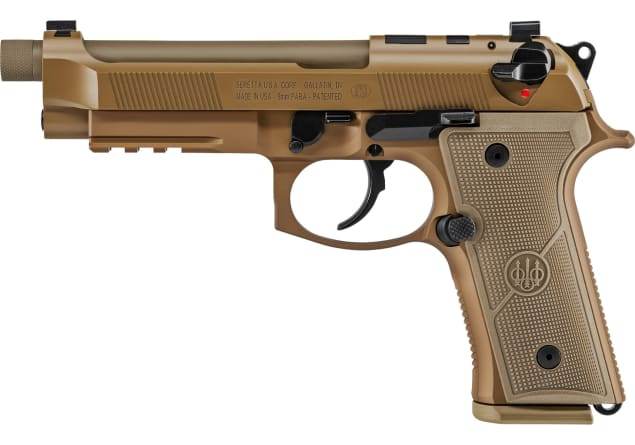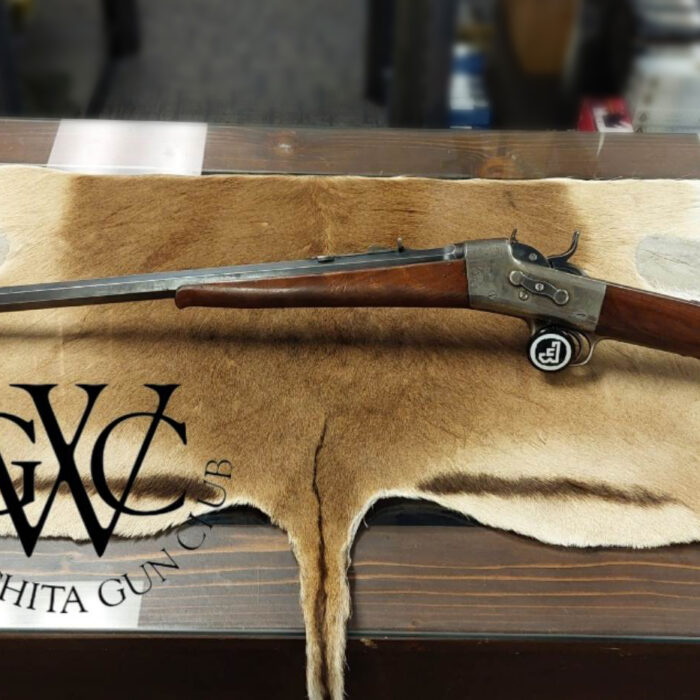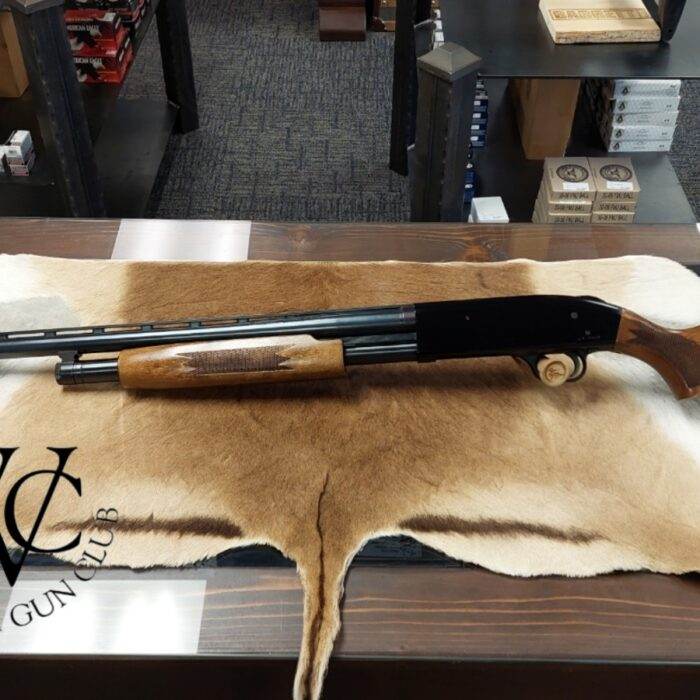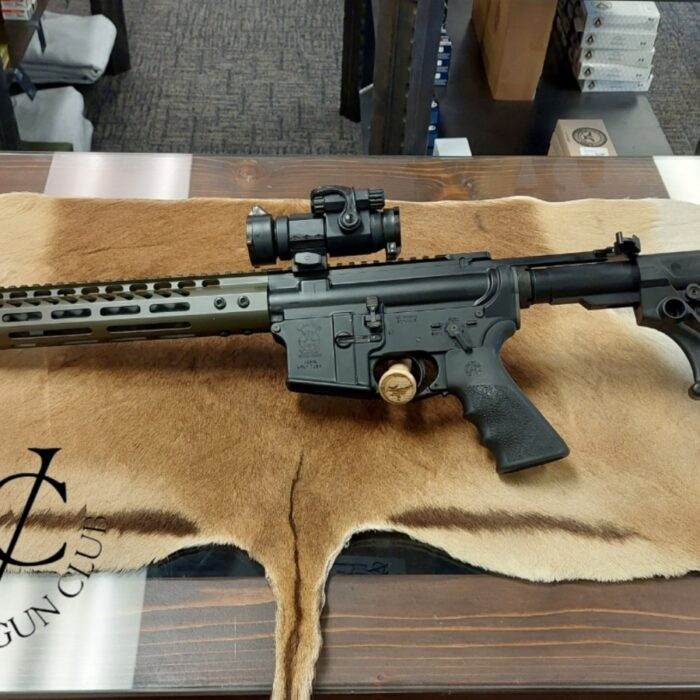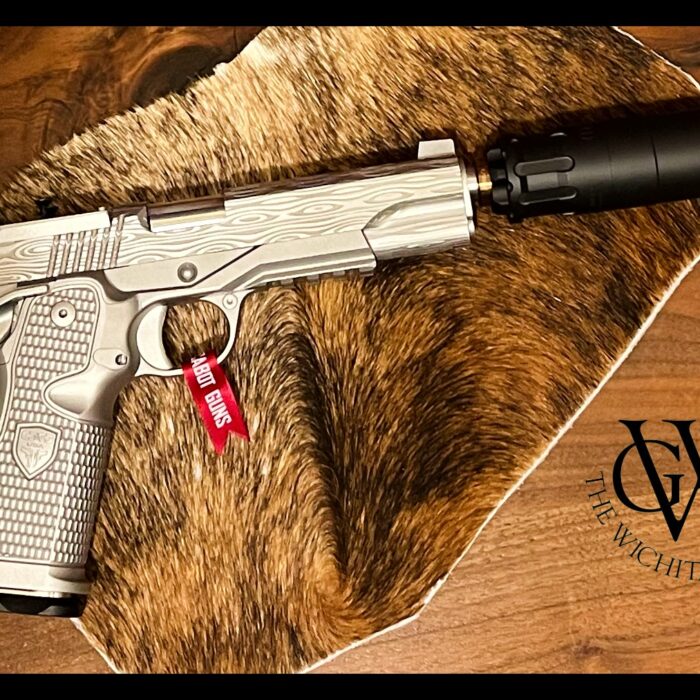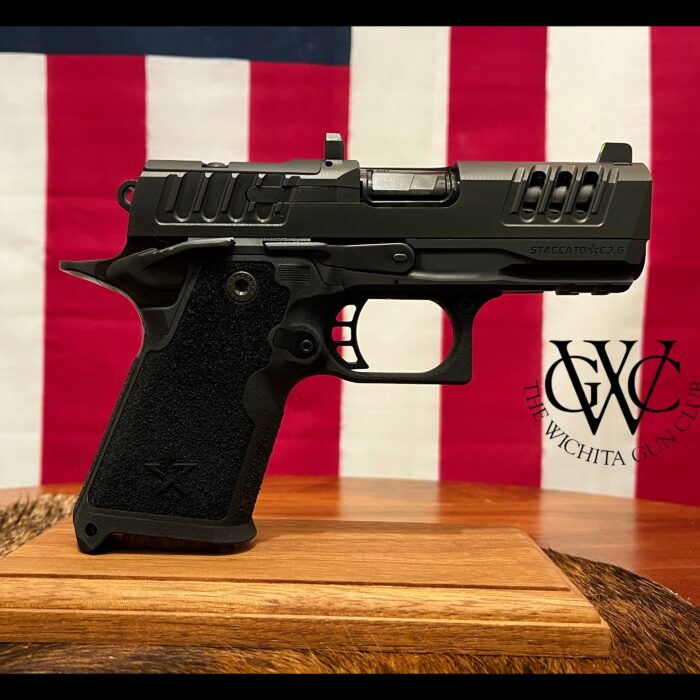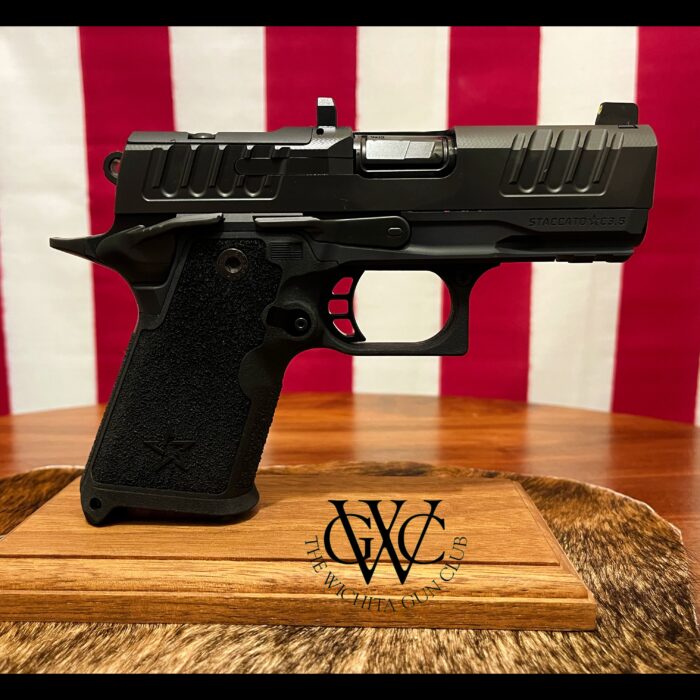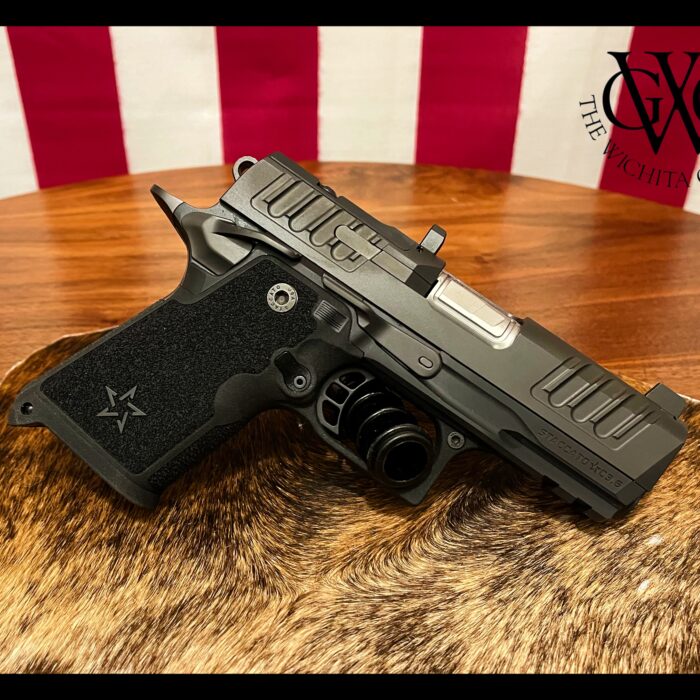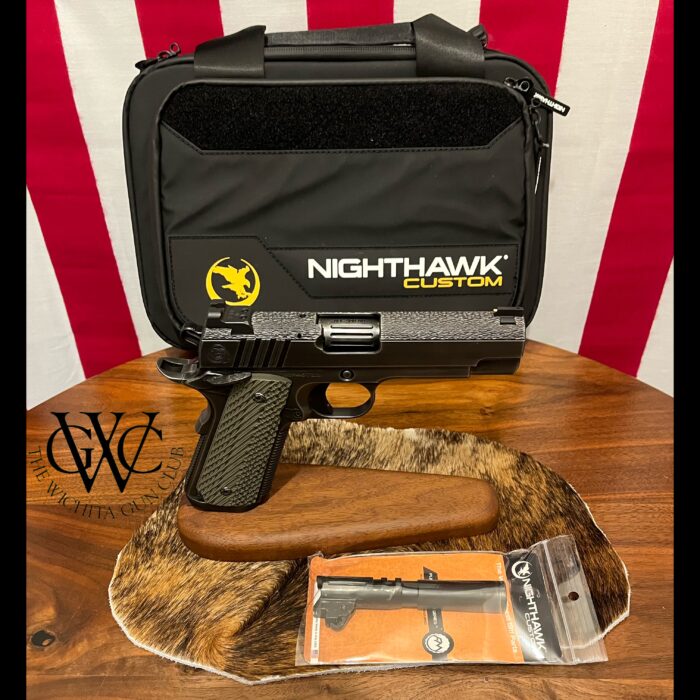Rifling is often described by its twist rate, which indicates the distance the bullet must travel to complete one full revolution. The combination of length, weight and shape of a projectile determines the twist rate needed to stabilize it. The wrong twist rate can make the bullet unstable and send it off target. There is a balance between the weight, spin and forward velocity of the bullet that is necessary for accuracy. For example, if there was a 1 in 10 twist, this means that for every 10 inches of barrel the bullet will rotate 1 time. If the rate of twist is 1 in 12 the bullet will rotate 1 time every 12 inches going down the barrel. This increases or decreases the spin or rotation of a bullet. Some bullet weights need more spin in a certain caliber, while others need less.
The bullet spin is like a perfectly thrown spiral in football. In the same way that not just any quarterback can make that picture perfect, game winning throw, not just any barrel twist can get the bullet where it needs to go. Bullet stability depends primarily on gyroscopic forces, the spin around the longitudinal axis of the bullet imparted by the twist of the rifling. Once the spinning bullet is pointed in the direction the shooter wants, it tends to travel in a straight line until it is influenced by outside forces such as gravity, wind and impact with the target.
How important is twist rate? David Tubb, a winner of several NRA High Power Rifle Championships, was using a .243 rifle with a 1 inch 8.5 twist barrel. He wasn’t able to get consistent accuracy until he changed to a rifle barrel with a 1 inch 8 twist. That ½” twist change can make the difference between winning or losing the match, or even getting the kill.
In conclusion, too fast a twist simply overspins the bullet and may result in reduced accuracy. On the other hand, a twist too slow for any bullet will likely produce instability, keyholing and horrible accuracy.


